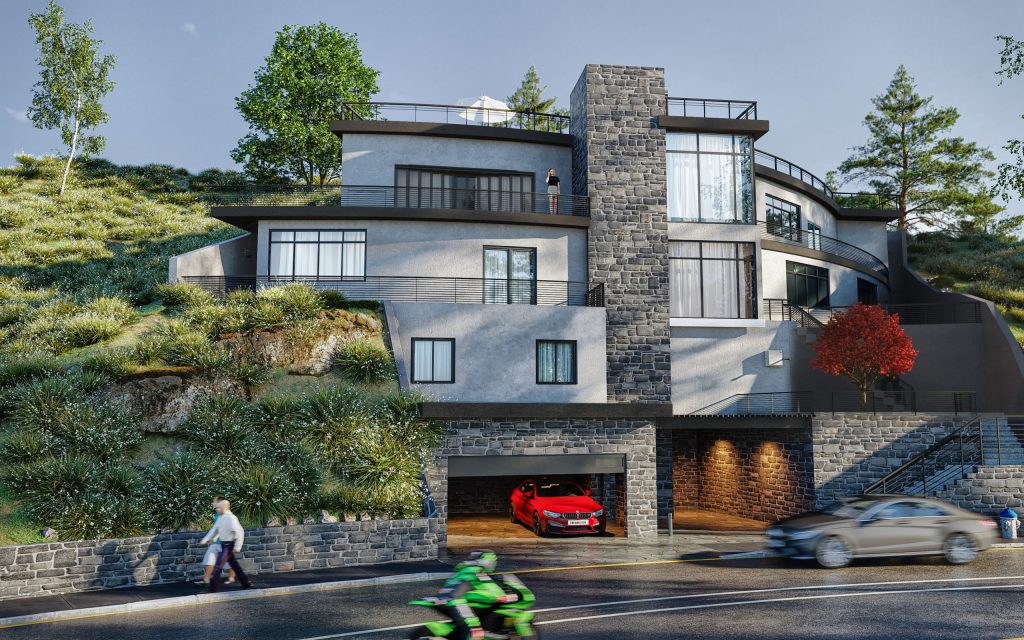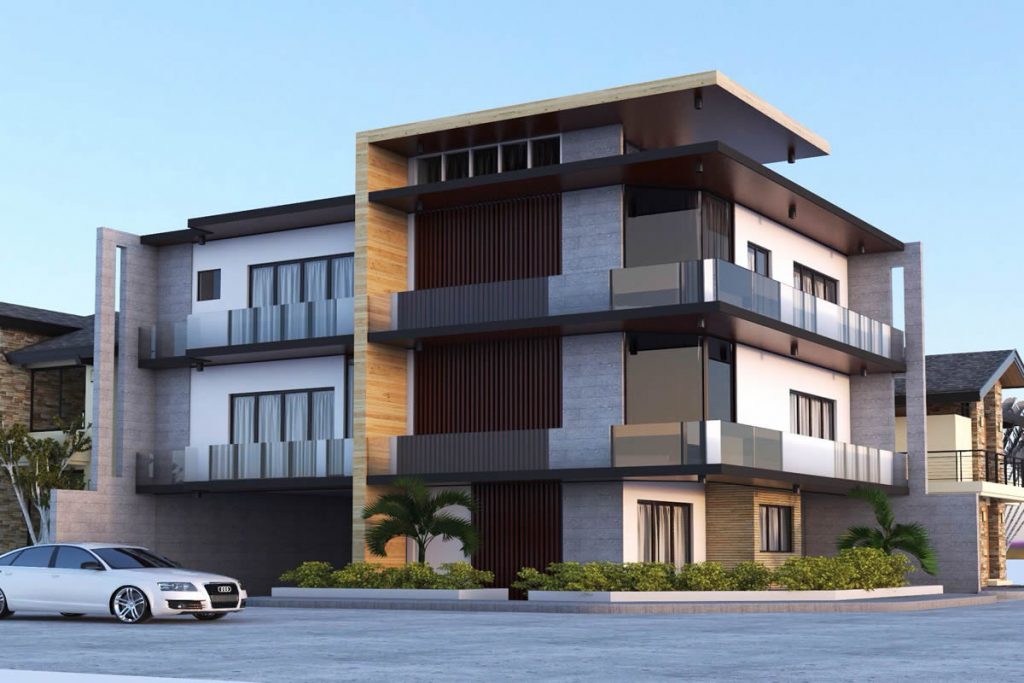In the ever-evolving world of engineering, innovation is the key to staying ahead of the curve and meeting the complex

In the realm of business and private development, items and arrangements are continually evolving. One kind of item that is attempting to adopt another strategy in the development business is Insulated Concrete Forms (ICFs). Protected Concrete Forms are an arrangement of formwork for built-up concrete, normally made with unbending warm protection that stays set up for ICF home design.

ICFs are structures, produced using expanded polystyrene (EPS) high-thickness froth, left set up for all time to fill in as warm and acoustic protection, space to run electrical wiring and plumbing, and support for inside gypsum load up and outside exteriors.
The structures are interlocking particular units that are dry-stacked and loaded up with concrete. Designing ICF house units lock together and make a structure for the primary dividers of a structure. The structures are considered among many to be a compelling “one-venture get-together.”
Supported steel bars (rebar) are typically positioned inside the structures before concrete is poured to give substantial flexural strength (like scaffolds and tall structures). A few benefits to ICF home design & development include:
Plumbing and electrical conductors can be put inside the structures and filled spots, however settling issues could make the lines break, making exorbitant fixes. Therefore, plumbing and electrical conductors just as electrical links are generally inserted straightforwardly into the froth before the divider covers are applied.
With ICF home design, development steps can be dense into only six straightforward strides, as various structure parts are being moved into one item. The squares then, at that point, stack together, as though they were Legos pieces. During development, ICF blocks are fitted together, bound with rebar, and loaded up with concrete.
Speed of development comes from the way that just one exchange is required. Indeed, even in winter conditions, you will not have to introduce outside cladding; when the structure is encased, inside work should be possible. Home development can be finished a long time in front of wood outlining, and business structures can be finished a long time in front of some other technique.
ICFs can be built in the colder time of year at lower temperatures without the requirement for protecting covers or a warming source. ICF home design & development is profoundly energy-productive thanks to protecting properties inside the divider structure. By plan, ICFs hold a significant part of the hotness created during the substantial relieving. Due to the capacity to work with ICFs at any temperature, development organizations are typically ready to remain on time, in any event, during climate conditions that could make it troublesome.

Protected substantial structures make a primary substantial divider that is up to multiple times more grounded than wood-outlined designs. ICFs have better underlying uprightness contrasted with designing ICF house outlined dividers for better protection from the powers of nature.
ICF dividers have a lot of lower paces of acoustic transmission. The degree of sound weakening accomplished is an element of the divider thickness, mass, part materials, and impermeability found inside ICF.
ICF dividers can have a four-hour to six-hour fireproof rating. In contrast to wood, concrete doesn’t consume, and in contrast to steel, it doesn’t mellow or twist. ICF dividers have been tried at up to 2,000 degrees Fahrenheit (regular for a typical house fire), where wood dividers would commonly implode within 60 minutes.
ICF home design & development is regularly thought to be less requesting than run-of-the-mill development. Less-talented work can be utilized to lay the ICF structures (albeit cautious thought should be made when pouring cement to ensure it joins completely and fixes uniformly without breaking). Not at all like conventional wood pillar development, no extra underlying scaffolding is needed for openings, entryways, windows, or utilities.
Much of the time, ICF development will cost around 40%, not exactly ordinary development, principally given the work investment funds from consolidating different strides into one stage. Above-level ICF development is regularly more costly, however, while adding huge openings, ICF development turns out to be extremely practical. (Huge openings in customary development require huge headers and supporting posts, though designing ICF houses diminishes the expense, as just building up steel is required straight around the opening.)
ICFs have been demonstrated as a viable medium in development. Throughout the last 10 to 15 years, nearly 300 schools have been working with ICFs, habitually diminishing their warming and cooling loads by 30% to half.
School locale has additionally revealed they’re saving a huge number of dollars every year in working expenses. ICF home design have additionally been powerful with various assortments of tall divider structures, for example, temples, theaters, and inhabitant structures.
ICF frameworks rush to construct, including a center interaction that can be finished in only a couple of steps. Utilizing ICFs, numerous developers have shaved a long time off their assemble time, which means lower work costs too.
About Author
InnoDez